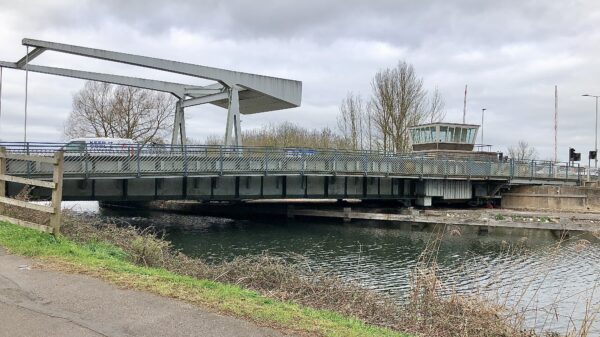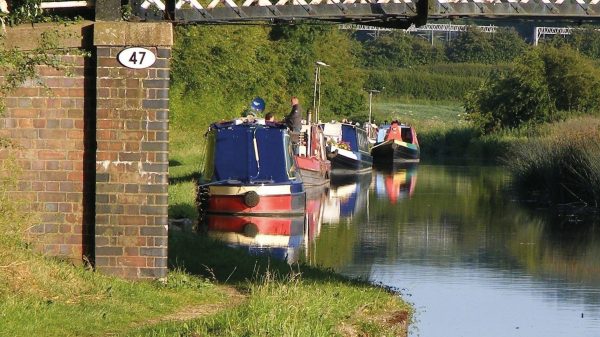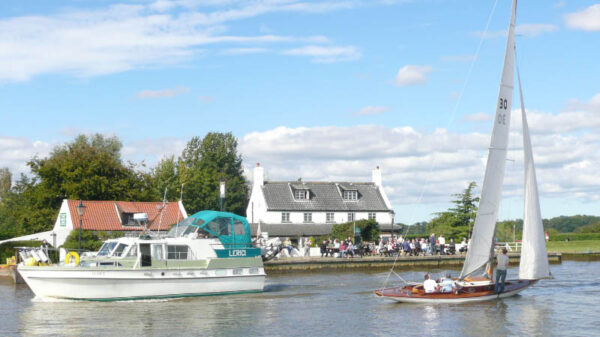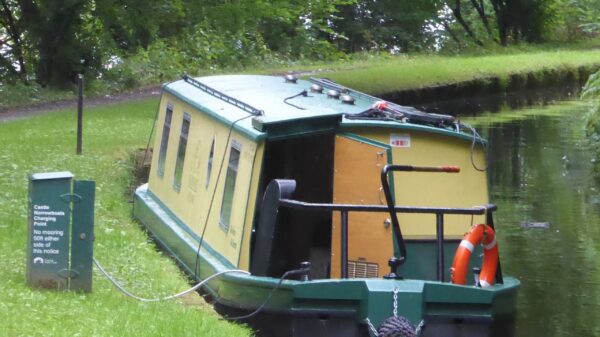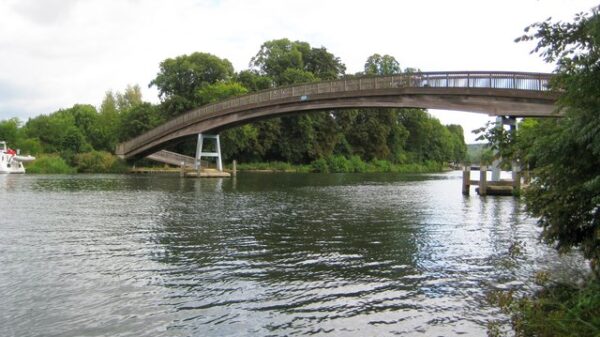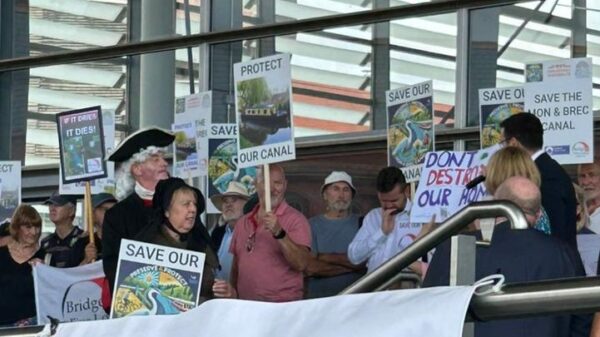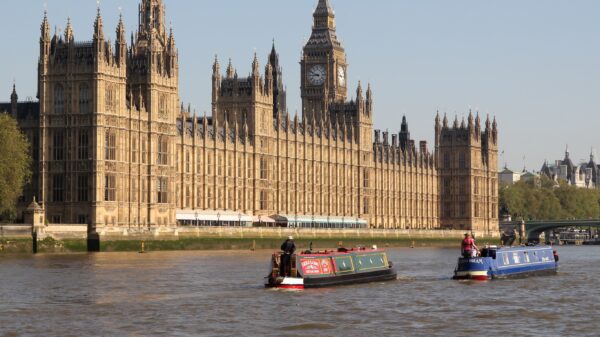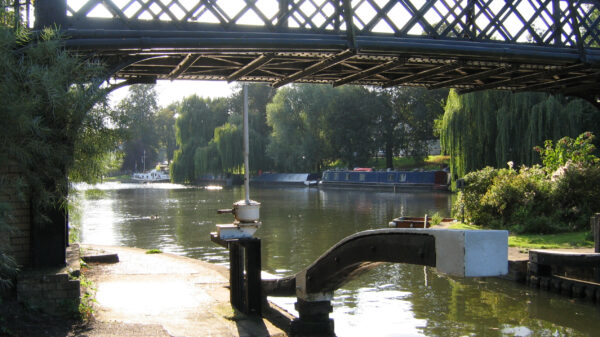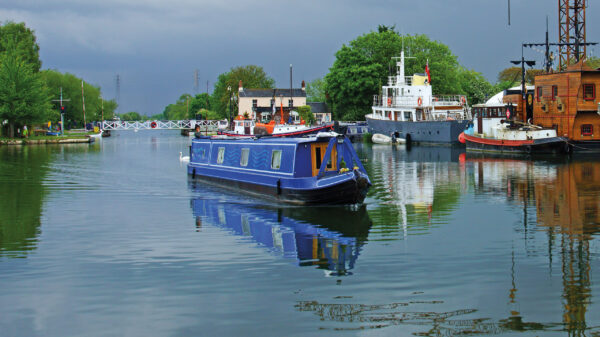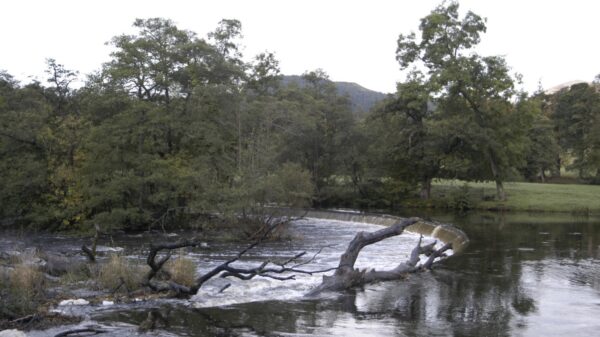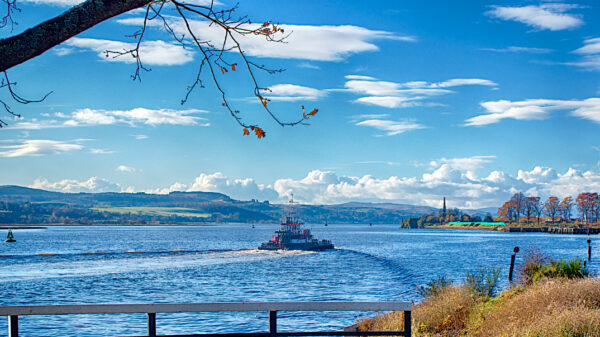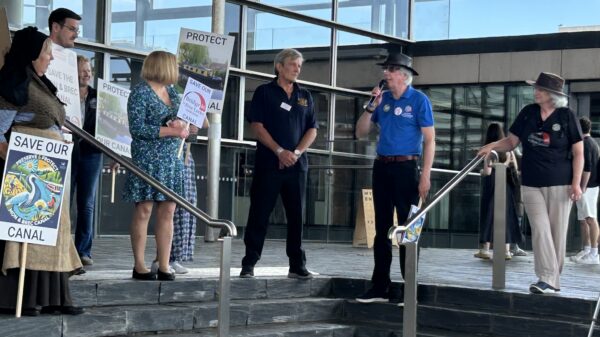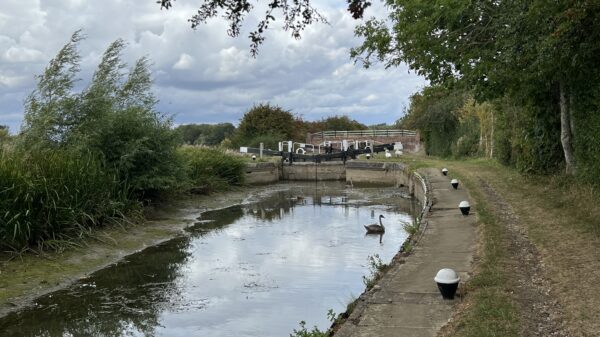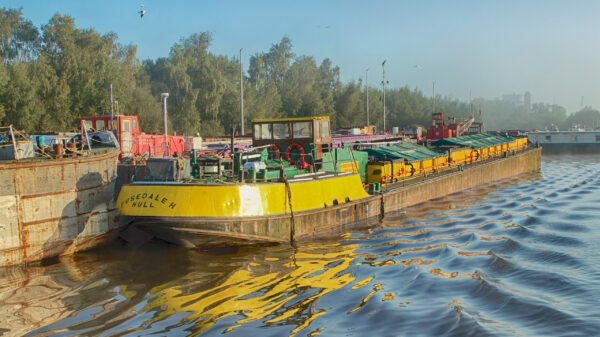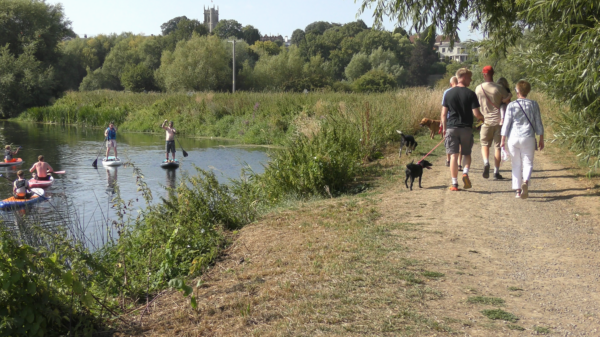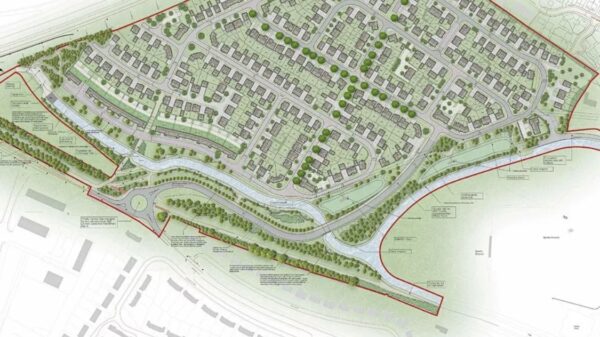IWA’s Silver Propeller Challenge was set up to encourage visitors to the less well-used parts of the system, in boats of all sizes. To complete the challenge visit 20 locations or more and then let us know – details on how to submit can be found here.
This year, six new locations have been added, from Scotland to Kent, inviting exploration of some underused but fascinating corners of the waterways system.
Two new Scottish locations have been added:
Take an adventurous trip up the River Clyde and see Glasgow from a new angle, by boat or canoe and enjoy spectacular views ‘doon the watter’.
Although visiting leisure craft are scarce, the tidal river through the city is regularly used by members of the Rutherglen Cruising Club, many of whom moor up at the Club moorings for the winter and head off down the Clyde for each summer spent along the west coast of Scotland. The Club was formed in the 1930s when the Old Pals Club and the Strathclyde Boat Club amalgamated. The Club’s home moorings were next to a slaughterhouse on the river bank near to where the Thomas Seath shipbuilding yard was located.
Access to the River Clyde from the connected Lowland Canal System, is via Bowling, and then head upstream. Glasgow weir (separating tidal water from non-tidal) prevents direct access to Rutherglen and this can be negotiated at high tide by making a booking via 0141 276 1585. Check out the River Clyde page for navigation hints and tips on the river.
Take a scenic cruise along the River Forth and visit the historic city of Stirling, by boat or canoe and enjoy the Scottish countryside and distant mountains.
Visiting leisure craft are few and far between, but the brand new mooring pontoon installed by Stirling Council is a popular spot for canoeing and other water sports by the locals.
Access from the connected Lowland Canals for boaters would be by joining the tidal River Carron at the Kelpies, heading downstream for a short distance to meet the Firth of Forth at Grangemouth. From there it’s upstream via Kincardine and Alloa to Stirling. The river is tidal all the way.
Two rivers sharing a name have also been added, but they are in different counties:
The River Stour in Suffolk is navigable from Cattawade near the Orwell Estuary to Brundon Mill, just upstream of Sudbury. Except for the first three quarters of a mile below Sudbury, the river forms the county boundary between Suffolk and Essex, and was immortalised in the paintings of John Constable. Fifteen locks were built by the River Stour Navigation Company, but the waterway had largely fallen out of commercial use by the early twentieth century. Restoration of the Navigation was one of IWA’s earliest campaigns, leading to the formation of the River Stour Trust, which runs a high profile campaign for restoration today. Several locks have been restored and the whole Navigation can be used by canoes and other light craft.
There is a right of navigation on the Kentish River Stour to Canterbury. However, it is presently navigable only from the sea at Pegwell Bay to Fordwich. There are weirs a short distance above Fordwich Bridge – remnants of old mills. It may be possible to canoe from Canterbury to Fordwich, but there is no official access or portage over the weirs. Fordwich is the location for your Silver Propellor visit, encouraging you to have a scenic cruise along the quiet Kent countryside.
The Manchester Bolton and Bury Canal
The Middlewood flight of locks, which connect the Manchester Bolton & Bury Canal to the upper River Irwell and thus to the rest of the connected navigable system were restored and reopened in 2008 as part of a £600 million large property development. However, due to an absence of water supply, the locks are not available for public access and the entrance off the Irwell has silted up. The upper River Irwell leads into the Manchester Ship Canal, and can be accessed via Pomona Dock No3 from the Bridgewater Canal. A photo of your craft anywhere on the upper River Irwell in the vicinity of Middlewood Locks and the entrance to the Manchester Bolton & Bury Canal would be good evidence of your visit.
The Thames and Medway Canal sees few waterways visitors other than local paddle-sports enthusiasts, ducks and enthusiastic volunteers from the Thames and Medway Canal Association who turn out on regular work parties to keep the waterway clean and accessible – so why not pay them a visit?
The western side of the Thames & Medway Canal was opened between Gravesend and Higham in 1801 and continued in use until 1934, but the eastern end of the canal, mostly comprising Higham Tunnel, took longer to build and was sold to the railway company in 1846 and closed to Navigation. For more about Higham Tunnel, check out our feature on canal tunnels. For more about the history of the canal, see the Thames and Medway Canal page.

